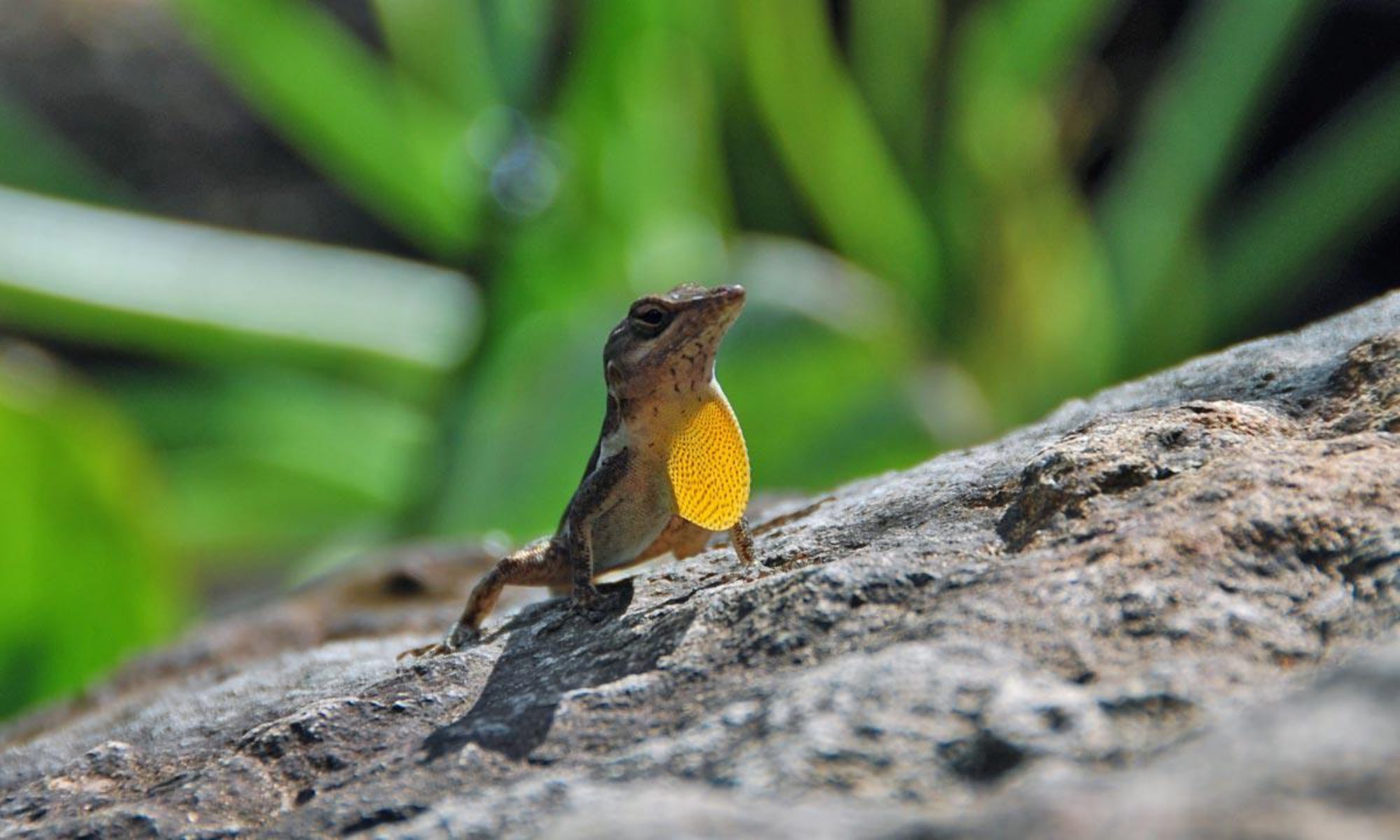Reduce, Reuse, Recycle is a handy catch phrase that is almost universally known. Teaching it begins in childhood – both at school and at home. However, it leaves out a few more important R’s – Namely Refuse, Re-purpose, and Rot.

Why do we need to move beyond Reduce, Reuse, Recycle?
Recycling is awesome, but until facilities are widely available locally as well as globally, small countries like those found in the Caribbean will struggle to find cost effective recycling solutions. In the mean time, we can find ways to reduce, refuse, re-purpose, and rot – all benefiting our fragile environment while adding value to something once called ‘trash’.
Reduce:
Reduce asks us to look at the resources we use and cut back where appropriate. This could mean turning off the shower while you soap up, shopping without plastic produce bags, participating in meatless Monday, or eating in instead of getting takeout. However, just reducing leads us to forget that it is our buying power that can be the catalyst for change.
Refuse is actively making eco-friendly choices to demonstrate the need for change. We can ask for no straws or single use cutlery. We can choose the products in the supermarket which are packaged in renewable materials, or better yet, nothing at all! Each time we refuse, we make our voice heard. Imports with sustainable packaging will benefit us all.
Reuse:
Reuse encourages us to use the things that come into our home until they no longer serve a purpose. However, there are only so many glass jars we can keep around for storing food.
Reusing was once a popular commercial endeavor in the Caribbean with Heineken bottles being sent to St Kitts to be re-purposed for bottling Ting.
To re-purpose is to make something even more useful through up-cycling. Those glass jars can become hurricane lanterns, water glasses, and planters. Do you have threadbare pillowcases? Make a produce bag! Old t-shirts? Make cloth diapers! The possibilities are almost endless, and you can usually still recycle the item at the end of its second life.
Up-cycling, especially when paired with artistic talent can give even more value to the finished product. A fantastic example of this is the glass bead jewelry made from Heineken bottles in Saba by JoBean Glass Art.

We have the skills and raw materials available in St Maarten – and the Caribbean at large – to make ‘Made In St Maarten’ or ‘Made In The Caribbean’ something to be proud of. Imagine the value to our economy if our visitors purchased more goods made here. It would help us move from a single-pillar tourism economy to a more resilient and diversified economy.
Recycle:
Recycling is the last on the list because it is the most energy intensive – collection, cleaning, and processing all take manpower and fossil fuels. This doesn’t mean recycling isn’t worth it, it just means that the better choice is reusing glass bottles close to the source rather than transporting, crushing, melting, reshaping, and transporting again.
Also under the umbrella of recycling is Rot. Nature will recycle organic materials into usable soil, with very little input from us. We can speed this up through composting, but even without our help, all the trees that fell in the hills after Hurricane Irma have already started their process of returning their nutrients back to the earth.
A third element often listed under recycling is waste-to-energy. Sweden has made this famous by burning half of all its waste to create energy. The program is so successful that they now import waste to keep the incinerators burning. In some opinions, waste-to-energy through incineration is not true recycling, but waste to energy through the production of biogas and soil is.
The economy and the environment are closely linked – lets build both back to be better, stronger, and more resilient.

